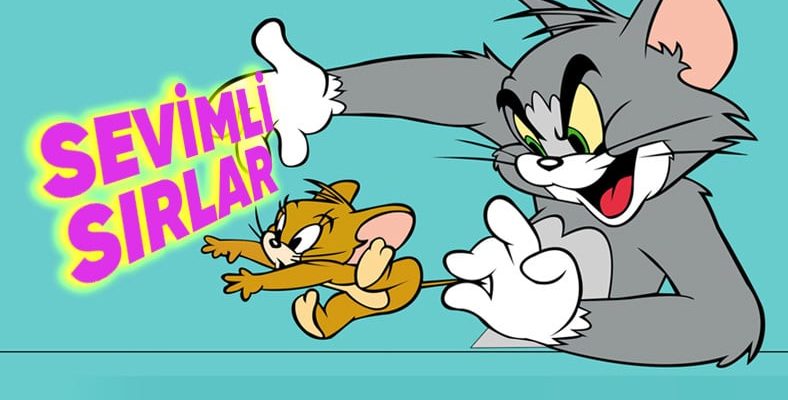Who doesn’t love animals? Especially animals that talk, sing, and sometimes even fly! So where do we see these most? In cartoons, of course. Have you ever stopped and thought about why they generally prefer animal characters in cartoons?
As soon as we step into the world of cartoons and animation, we encounter this colorful and fun animal charactersmanages to keep people of all ages glued to the screen.
Often behind the choice of animal both simple and quite interesting The reasons lie? When you stop and think about it, you will agree.
We establish emotional bonds more easily.
Animal characters are often very cute and attractive Let’s assume it is. Big eyes, chubby cheeks or funny movements. These types of features are perfect for attracting the attention of young children.
Additionally, expressing emotions through animals can have a wider range than through human characters. One exhibiting a curious attitude through the cat character or depicting loyalty with a dog character enables deep emotional bonds to be established in the stories.
Sigmund Freud He also underlined that children see themselves as equal to animals, and that they are less able to bond with adult human behavior because they find it more confusing than the actions of animals.
We empathize.
Another way to connect is to see some aspects of ourselves in the characters. Po in Kung Fu Panda A clumsy but lovable character like this or another misunderstood character like Quasimodo in The Hunchback of Notre Dame brings out the feeling of empathy.
We strengthen bonds in familiar stereotypes.
Animals are often associated with certain stereotypes: the fox is cunning, the lion is brave and wise, The turtle is patient. By using such general assumptions, storytellers manage to introduce their characters more quickly and effectively.
Both the children and us find these stereotypes familiar and immediately interact with the characters. We can bond.
Universality keeps the crowd together.
Even though we are different people around the world and have different cultures and lifestyles, we all know and love animals. A rabbit, penguin or giraffe character can be found anywhere in the world. It is also known by children.
Cartoon makers also use this universality to to a much wider audience gets a chance to reach out.
The limits of creativity are being pushed.
Animal characters are a field of creativity for animators. An animal character outside the rules of the real world adding human characteristics (anthropomorphism)gives the characters original and entertaining personalities.
For example, the cuckoo Road Runner can escape at jet speed or killer whale Orca, He chases criminals like a detective. And when these things happen in the world of cartoons, they don’t seem strange at all.
It contains a number of moral lessons or didactic themes.
Friendship to children through animal characters, helpfulness, courage Values such as can be easily transferred. The adventures of animals also enable children to better understand and adopt these values.
In other words, those who conquer hearts with their cuteness, make people smile with their entertaining stories and animal characters that teach important lessons, It is among the indispensable elements of cartoons. Thanks to them, cartoons become a tool not only for having fun but also for learning and getting inspired.
Our other content that may interest you:
RELATED NEWS
We Solve the Mystery: Why Do So Many Cartoon Characters Have Gloves?
RELATED NEWS
Information You Will Hear for the First Time About ‘Scooby Doo’, the Cartoon That Causes Us to Wake Up Early in the Morning and Watch the Television
RELATED NEWS
The Most Disturbing Cartoon Theories That Will Traumatize Your Childhood Memories When You Read (We Feel Sad About Garfield the Most)
RELATED NEWS
Real Names of Cartoon Characters We Know With Their Turkish Names That You Probably Don’t Know
RELATED NEWS
